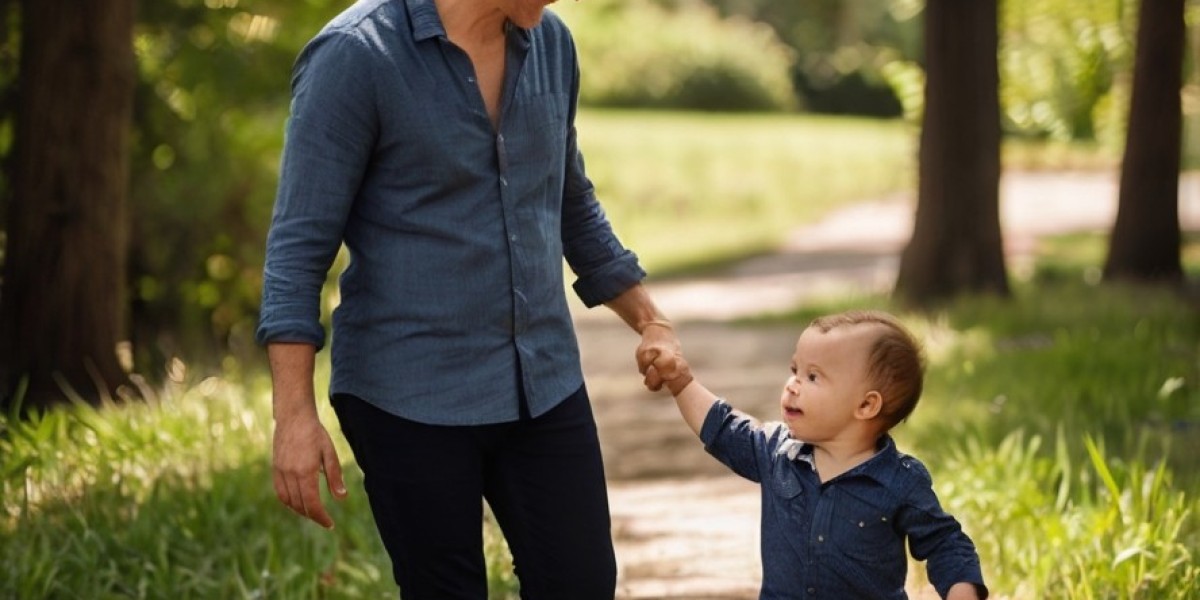Developmental delays can significantly affect a child's overall growth and functioning. These delays can manifest in various domains, including cognitive, language, social, and motor skills. This case study focuses on a 4-year-old child, whom we will refer to as "Jake," diagnosed with developmental delays. Through assessment, intervention, and ongoing support, this case illustrates the complexities of addressing developmental delays and the importance of early intervention.
Background
Jake is a 4-year-old male who lives in a suburban area with his parents and older sister. His mother, a schoolteacher, and his father, an engineer, reported concerns about Jake's development around his second birthday. Initial concerns included delayed speech and limited social interactions, such as difficulty playing with peers and an inability to express needs verbally. Subsequently, Jake’s pediatrician recommended a comprehensive evaluation.
The evaluation was conducted by a multidisciplinary team, including a pediatric psychologist, a speech-language pathologist (SLP), and an occupational therapist (OT). The team utilized standardized assessments and parent questionnaires to gather information about Jake’s developmental milestones.
Assessment Findings
The assessment revealed that Jake exhibited significant delays in several developmental domains:
- Cognitive Development: Jake demonstrated difficulty with problem-solving skills and tasks requiring attention, such as puzzles and matching games. His cognitive assessment scored below the expected range for his age group, indicating delays in understanding concepts.
- Language and Communication: Jake’s expressive language skills were particularly concerning. At age 4, children typically can use 4-5 word sentences and a vocabulary of several hundred words; Jake could only use 1-2 word phrases and had a vocabulary of approximately 30 words. He had difficulty naming objects and expressing his feelings.
- Social and Emotional Development: Jake struggled with social initiations and reciprocation. He preferred solitary play and had trouble engaging with other children. His lack of social interaction led to frustration, which sometimes resulted in temper tantrums.
- Motor Skills: Jake’s fine and gross motor skills were also delayed. He had difficulty with tasks such as holding a crayon, cutting with scissors, climbing, and running, scoring below age-appropriate levels on the developmental scale.
The assessment identified Jake as having a global developmental delay (GDD), which prompted referral to early intervention services.
Intervention Plan
Following the assessment, an Individualized Family Service Plan (IFSP) was developed, incorporating various services tailored to Jake's unique needs. The intervention plan included:
- Speech-Language Therapy: Jake was scheduled Bullying prevention for kids (please click the following website) weekly sessions with a speech-language pathologist. The focus was on enhancing his expressive and receptive language skills through play-based activities, such as storytelling and interactive games. The therapist also engaged Jake's parents in providing daily language-rich interactions at home.
- Occupational Therapy: Occupational therapy sessions were set up twice a week to address Jake's fine motor skills. Activities included crafts, puzzles, and games that encouraged hand-eye coordination and dexterity. The OT also provided sensory integration activities to help Jake cope with sensory sensitivities.
- Developmental Playgroup: Jake participated in a developmental playgroup where he interacted with peers under the guidance of trained facilitators. This environment aimed to promote social skills, sharing, and turn-taking through structured play and group activities.
- Parent Education and Support: Regular meetings with Jake’s parents were established to discuss progress and strategies for supporting his development at home. Parents were educated on promoting speech development, implementing routines, and encouraging play with peers.
- Monitoring and Progress Evaluation: The child’s progress was evaluated every six months with the possibility of modifying the IFSP based on developmental gains or emerging needs.
Implementation of the Intervention
The implementation of the intervention plan focused on consistency across all environments to reinforce learning. Jake’s parents were proactive in providing a supportive environment at home, practicing language exercises in daily routines, and creating opportunities for social interaction.
During the speech-language therapy sessions, Jake initially demonstrated frustration and reluctance to communicate but gradually became more engaged. The SLP utilized visual aids, songs, and interactive storytelling to capture his interest. Over the next six months, Jake began to combine words and formed simple sentences, which was a significant improvement.
The occupational therapist noticed that Jake’s fine motor skills improved with regular practice of targeted activities. By the fourth month, he could hold a crayon with a functional grip and create simple drawings. Gross motor skills also improved; he engaged more in physical play, including climbing and balancing activities, showing increased confidence.
Peer interaction in the developmental playgroup fostered Jake’s social skills. He began sharing toys, participated more actively in group games, and exhibited greater interest in initiating interactions with other children. His parents reported that he was more willing to invite friends to play at home.
Ongoing Assessment and Progress Evaluation
After six months of implementing the intervention plan, a comprehensive reassessment was conducted to evaluate Jake’s progress. The reassessment indicated notable improvements in several areas:
- Cognitive Development: Jake showed improved problem-solving abilities and cognitive engagement. He completed age-appropriate puzzles and began to follow simple multi-step directions.
- Language and Communication: Jake's expressive language skills progressed significantly. He was able to use 3-4 word sentences and had expanded his vocabulary to over 100 words. His ability to express needs and feelings improved, leading to a decrease in behavioral outbursts.
- Social and Emotional Development: Jake was observed to participate in cooperative play and sought out interactions with peers. His tantrums reduced, and his parents reported that he was more adaptable during transitions and changes in routine.
- Motor Skills: Continued engagement in therapy showed sustained progress in both fine and gross motor skills. Jake could participate in more complex physical activities, such as riding a tricycle and completing simple arts and crafts independently.
Conclusion
This case study exemplifies the importance of early intervention for children with developmental delays. Jake's journey from assessment through to intervention and progress demonstrates the potential for growth and development when supportive strategies are effectively implemented. Ongoing monitoring and adaptability of intervention plans are vital in meeting the evolving needs of children like Jake.
Parents, educators, and therapists must collaborate to foster a nurturing environment that promotes skill development and social engagement. As Jake continues to grow, it is crucial to support his educational transition and ensure he receives continued services tailored to his strengths and needs.
Ultimately, Jake’s case underlines that while the challenges of developmental delays can be significant, the prospects for improvement with timely intervention, dedicated support, and collaborative efforts among caregivers and professionals are profoundly hopeful. Through inclusive practices, communities can help nurture the potential in every child, fostering resilience and lifelong learning.







